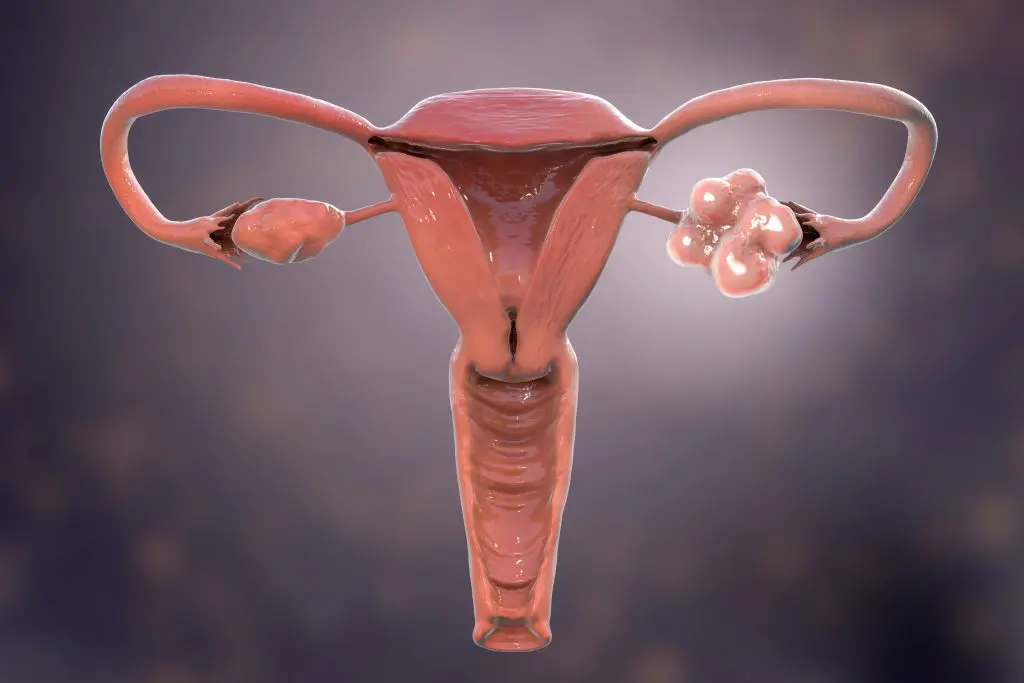By. Dr. Rinku Sengupta Dhar, Senior Consultant, Obstetrics and Gynecology, Rosewalk Healthcare
A Tubo ovarian Abscess (TOA ) is a pus-filled infectious mass of the tube and ovary. It can originate from a focus of infection in the upper genital tract. Common organisms causing the infection are E coli, and Streptococcus. It can rarely follow any invasive procedures in the reproductive tract like Dilatation and curettage, MTP, and Hysterosalpingography. TOA may be associated with sexually transmitted diseases like chlamydia. Chronic pelvic pathologies like endometriosis and tuberculosis may predispose to tuboovarian abscesses too. TOA is most common in the reproductive age of sexually active women. However if rarely they happen in postmenopausal women malignancy needs to be ruled out
The most common symptom is sudden onset acute pain abdomen, and fever with systemic symptoms like nausea and vomiting. Foul smelling vaginal discharge and chronic pain abdomen may precede the acute presentation Patients are usually ill and may often need hospitalization. TOA may often be confused with acute appendicitis and ectopic pregnancy. Blood tests ,urine tests and cervical swabs may be done. Clinical examination along with ultrasound usually supports diagnosis. In some cases CT scan and MRI will be needed.
Once diagnosis is reasonably confirmed intravenous antibiotics are started .Most patients respond to IV antibiotics followed by oral antibiotics for a longer period. However if TOA are larger than 6 cm or there is unsatisfactory response to antibiotics, surgery may be needed. Abscess is drained with laparoscopy or open surgery. If tube and ovary extensively damaged removal of tube and ovary may need to be done. If infection involves the uterus hysterectomy may need to be done in selected cases. The focus of infection needs to be completely eradicated as dissemination of pus in abdominal cavity can lead to multiple organ failure and life threatening situation. Long term complications include chronic pelvic pain,ectopic pregnancy and infertility. Rarely TOA may rupture spontaneously and lead to rapid deterioration of clinical condition.
Prevention of TOA is critical to prevent long term sequelae. Adolescents and young women need to be educated about safe sex, contraception and regular Gynae check ups They also need to be educated about Pelvic infection and endometriosis so that they can report to Gynaecologist early. Once diagnosed early treatment with broad spectrum antibiotics plays a pivotal role in prevention of complications.





